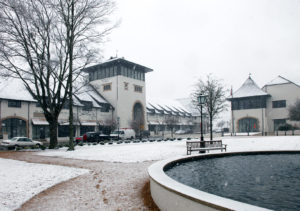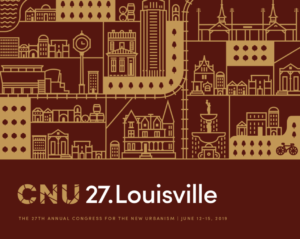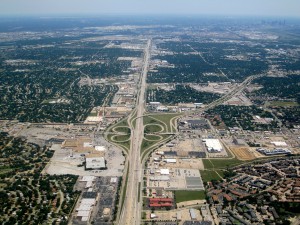Sprawl repair transforms failing or potentially failing single-use and car-dominated developments into complete communities that have better economic, social, and environmental performance.
The objective of the sprawl repair strategy is to build communities based on the neighborhood unit, similar to the traditional fabric that was established in cities and suburbs prior to World War II. The primary tactic of sprawl repair is to insert needed elements — buildings, density, public space, additional connections — to complete and diversify the mono-cultural agglomerations of sprawl: residential subdivisions, strip shopping centers, office parks, suburban campuses, malls, and edge cities. By systematically modifying the reparable areas (turning subdivisions into walkable neighborhoods and shopping centers and malls into town centers) and leaving to devolution those that are irreparable (abandonment or conversion to park, agricultural, or natural land), portions of sprawl can be reorganized into complete communities.
To identify the proper targets for repair, it is essential to understand the form and structure of sprawl in the American built environment. Sprawl and suburbia are not synonymous. There are three generations of suburbia that vary in form as related to urbanity and walkability: pre-war suburbs, post-war suburbs, and late 20th-century exurbs. Pre-war suburbs are often complete communities developed along railroad and streetcar corridors; they are compact, walkable, and have a mix of uses. The latter two types abandoned the pedestrian-centered neighborhood structure in favor of auto-centric dispersion and can be considered sprawl. Sprawl repair concentrates on these two tiers of suburbs.
 CURBED captures EIGHT IDEAS for rethinking suburbia, from eliminating single-family zoning to densifying sprawl to reducing carbon footprints. The results include undoing the long-term impacts of segregation and addressing the realities of rising poverty.
CURBED captures EIGHT IDEAS for rethinking suburbia, from eliminating single-family zoning to densifying sprawl to reducing carbon footprints. The results include undoing the long-term impacts of segregation and addressing the realities of rising poverty.

